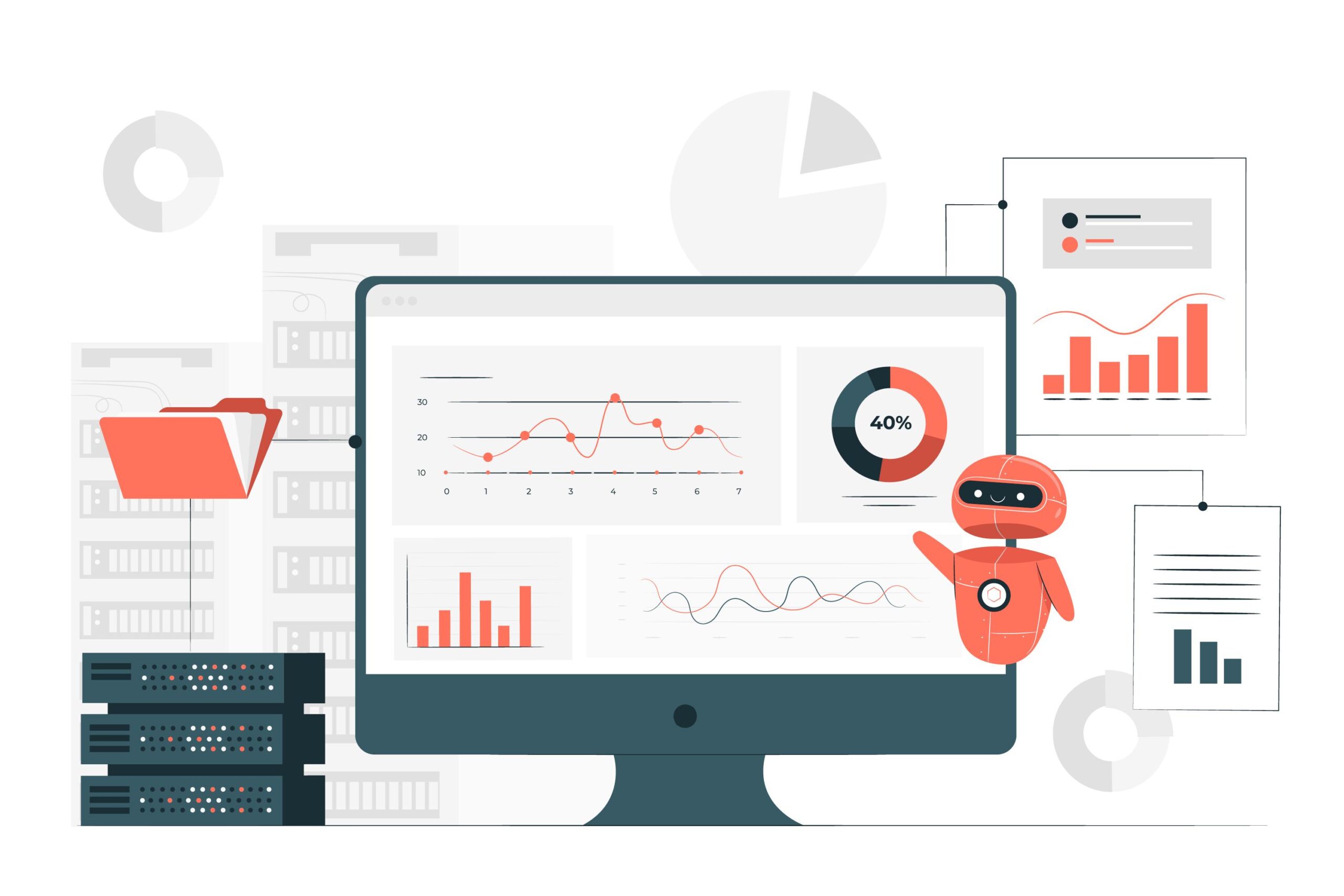The Internet of Things (IoT) has the ability to make a better and more connected world of commerce. With the increased importance of supply chains and warehousing to eCommerce and global trade, there’s never been a far better time to contemplate adding IoT capabilities to your logistics facilities.
Here are some benefits that your supply chain can gain from IoT solutions. From real-time inventory tracking automation, an IoT-enhanced supply chain can take your logistics operational capacities to a subsequent level.
Forecasting Accuracy
An appropriately executed IoT framework can help improve a business’ demand forecasting. By automatically gathering information, IoT frameworks improve data precision and give supply chain directors better materials that figure in provoking demand forecast.
IoT improves data collection practices in an exceedingly kind of ways. First, it reduces the effect of human error in data gathering. It allows data to be collected in the least times or specified intervals and saves labour hours spent manually collecting data. Finally, it can allow businesses to gather data that might be difficult or impossible to get manually.
Automation
Supply chain automation will still grow in importance throughout the 2020s, particularly within the warehouse. As organizations computerize expanding measures of warehouse undertakings, they’ll need precise and quickly accessible information to control their automated frameworks.
For example, a customer places an online order with a business that has automated its warehouse operations. An automatic picking system receives the order from the computer, and a system moves the item onto a transporter to a packaging station. While in transit, an IoT sensor tracks and ensures that the package is handled with good care.
Real-Time Tracking
Straightforwardness and responsibility are the foundation of a useful supply chain, and real-time tracking gives both. IoT gadgets like GPS monitors would now be able to track everything from a shipment’s area to its present temperature, giving regularly updated facts that help logistics experts genuinely see how their supply chains work.
Real-time tracking is especially useful for high-value items and temperature-sensitive goods. Every stage of a shipment’s chain of custody is often mapped and verified through the employment of IoT data and device check-ins
Inventory Control
Inventory control may be a critical part of the warehouse and supply chain management, and IoT can provide benefits in this area also. By utilizing progressed IoT sensors that consequently track and dissect stock positions and levels, supply chain experts can make an exact and authorized inventory tracking framework.
Most IoT stock control systems consequently accommodate their inventory counts with records, making relentless hand checks remaining and improving consistency and dependability.
Final Thoughts
Of course, capturing these benefits depends on an intensive and well-considered implementation of IoT best practices. Adding IoT devices to your networks without properly securing and integrating them invites dysfunction at the best and disaster at the worst. Always follow the key security practices recommended by IoT professionals, like regularly checking for IoT software updates and changing passwords.
However, when implemented correctly, IoT enhancements are often transformative factors for a supply chain. Because the world of commerce gets smarter, the logistics industry will increasingly believe these devices to keep up the agile and data-driven approach that today’s businesses require.






